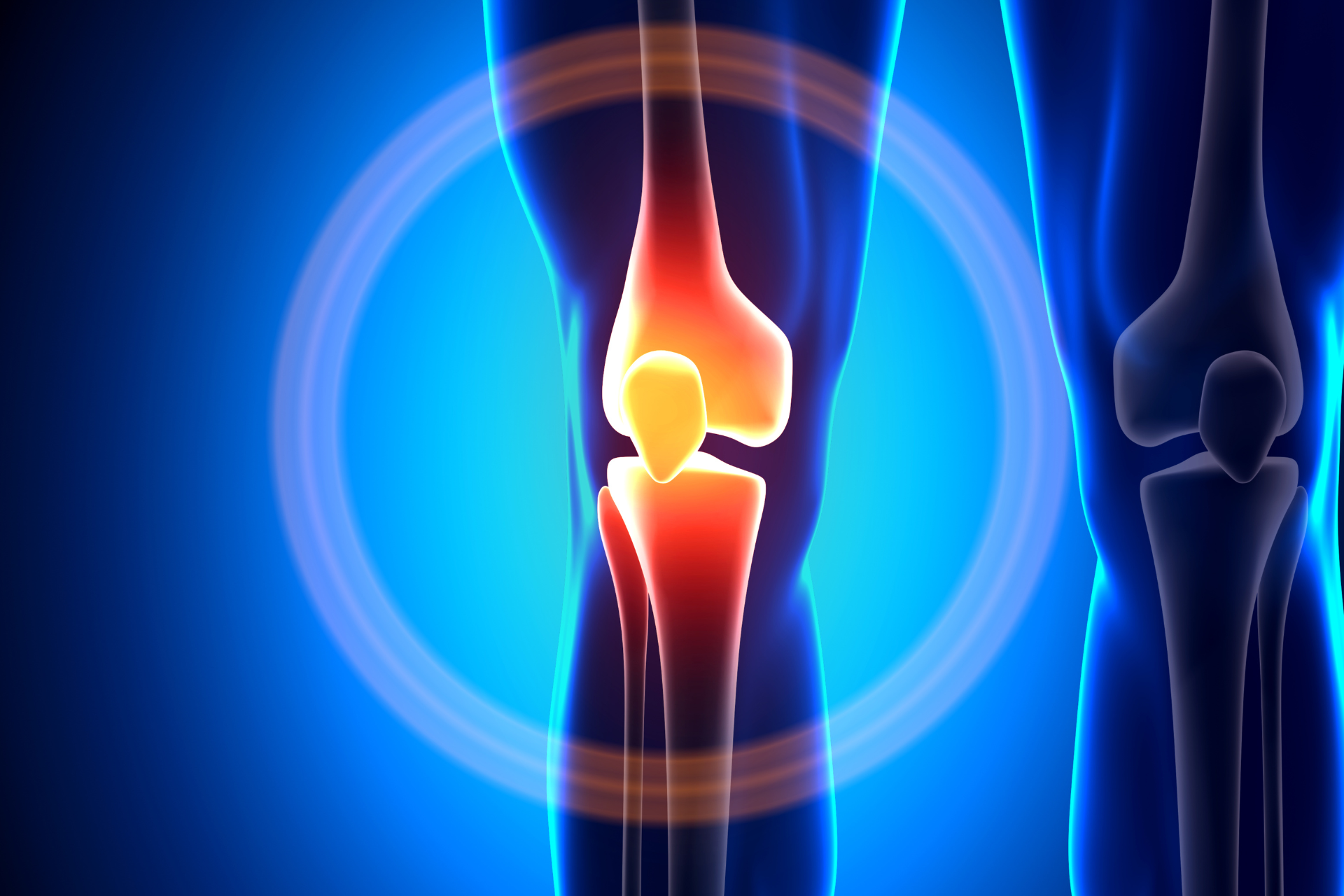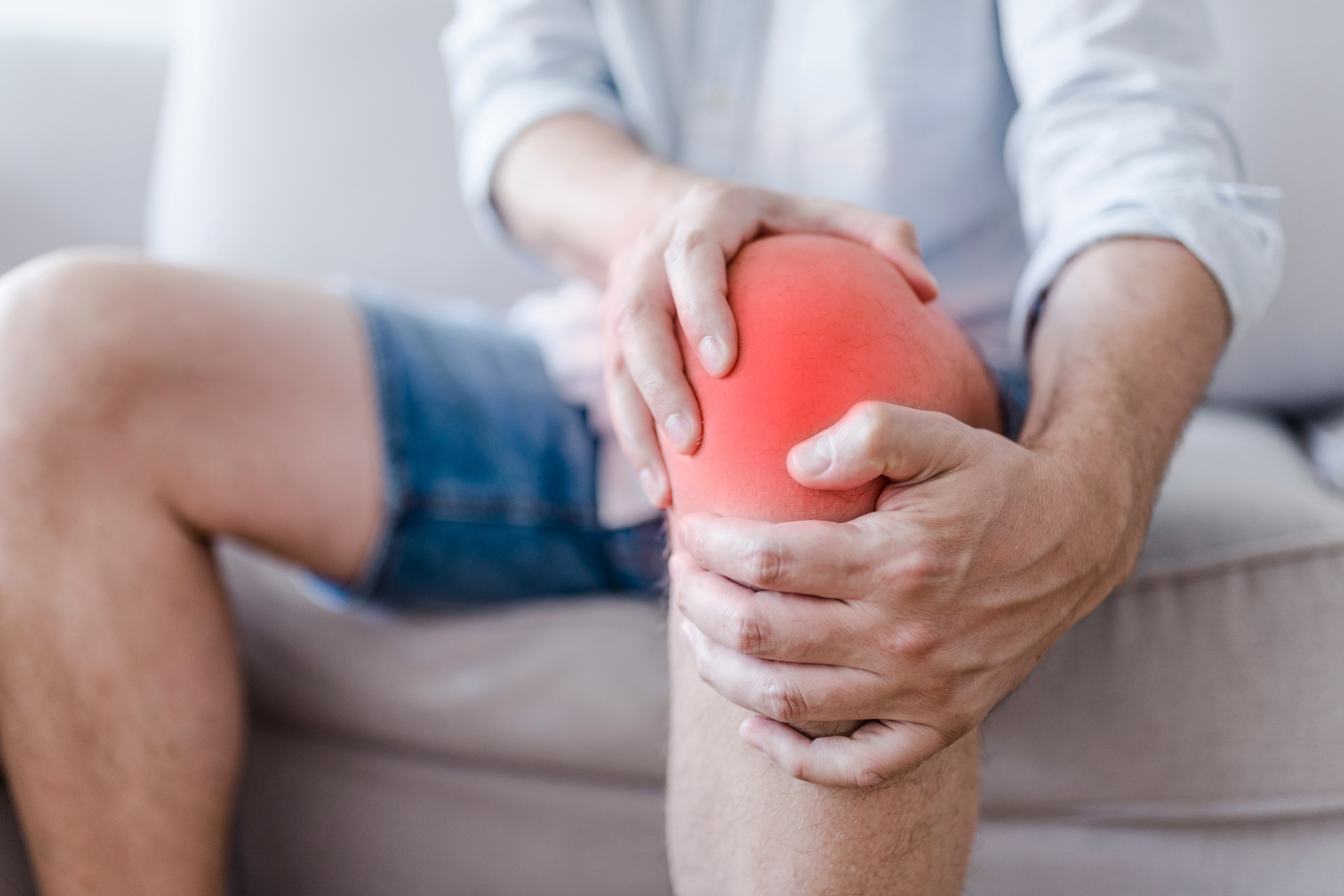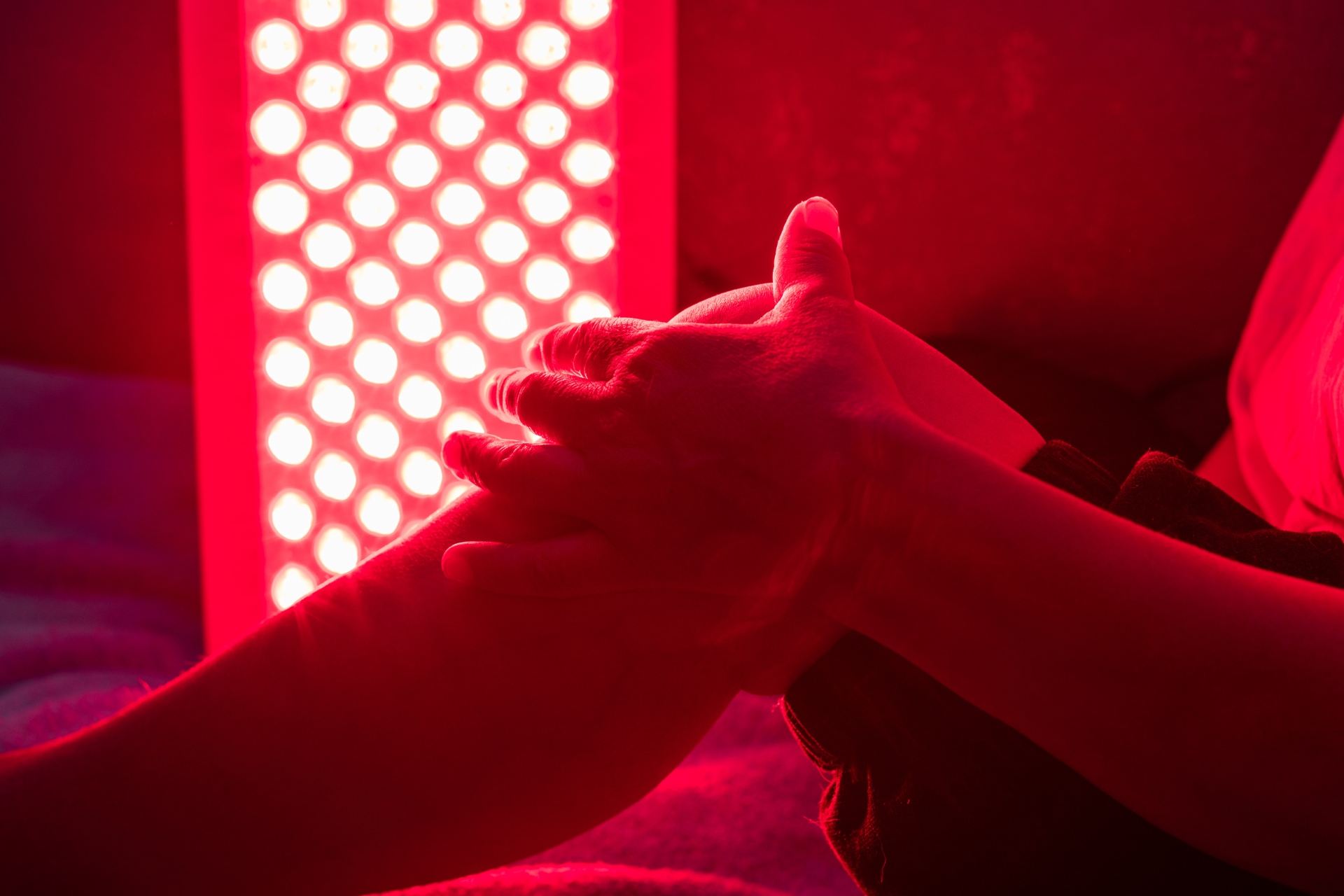Exploring Non-surgical Back Pain Treatment Options: Spinal Decompression Therapy
Back pain is a common ailment that affects millions of people worldwide, often disrupting daily life and limiting mobility. For those seeking relief without the risks associated with surgery, spinal decompression therapy offers a promising solution. This non-surgical approach is designed to alleviate back pain and promote healing by gently separating the vertebrae in the spine. Here's a closer look at how spinal decompression therapy works and its potential benefits.
What is Spinal Decompression Therapy?
Spinal decompression therapy is a non-invasive treatment that involves the use of a traction table or similar device to create controlled, gentle separation between the vertebrae. This process helps to alleviate pressure on spinal discs and nerves, which can be particularly beneficial for individuals suffering from conditions like herniated discs, sciatica, and degenerative disc disease.
Key Benefits of Spinal Decompression Therapy
- Reduce Pressure on the Disc: By creating space between the vertebrae, spinal decompression therapy can help reduce the pressure exerted on herniated discs. This reduction in pressure allows the disc to retract, which can diminish nerve compression and alleviate pain. Patients often experience significant relief from chronic back pain as the nerve irritation decreases.
- Promote Healing: The increased space between the vertebrae enhances blood flow to the affected area. Improved circulation brings more oxygen and nutrients to the damaged disc, supporting the body’s natural healing processes. This can lead to faster recovery times and a reduction in inflammation and pain.
- Improve Disc Health: Over time, the gentle stretching and decompression of the spine can help restore disc height and improve the overall health of spinal discs. Healthy discs are essential for maintaining flexibility and range of motion in the spine, and decompression therapy can contribute to long-term spinal health.
Is Spinal Decompression Therapy Right for You?
Spinal decompression therapy is suitable for many individuals experiencing back pain, particularly those who have not found relief through other treatments. However, it is essential to consult with a qualified healthcare provider to determine if this therapy is appropriate for your specific condition. Factors such as the severity of your back pain, underlying medical conditions, and overall health will influence the suitability of this treatment.
At Corrective Chiropractic, we are committed to providing comprehensive care tailored to your unique needs. Our team of experienced professionals will work with you to develop a personalized treatment plan that addresses your pain and promotes optimal spinal health.
If you are struggling with chronic back pain and are interested in exploring non-surgical treatment options, consider spinal decompression therapy. Schedule a consultation with Corrective Chiropractic today to learn more about how this innovative therapy can help you achieve lasting relief and improved quality of life.





